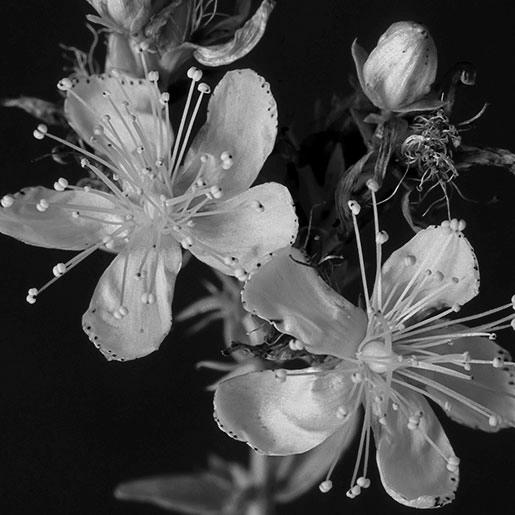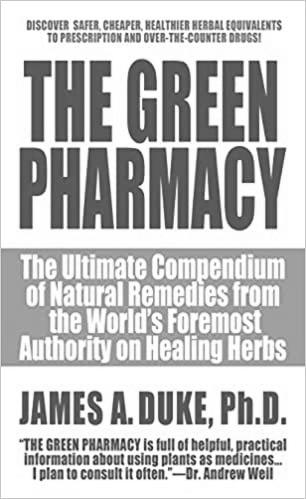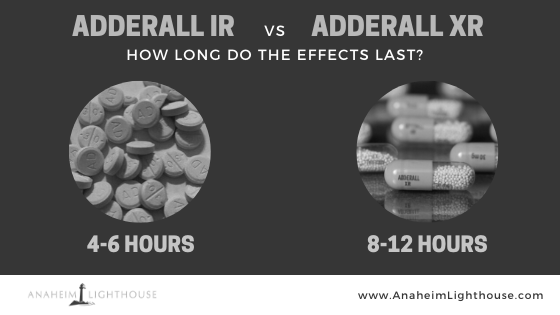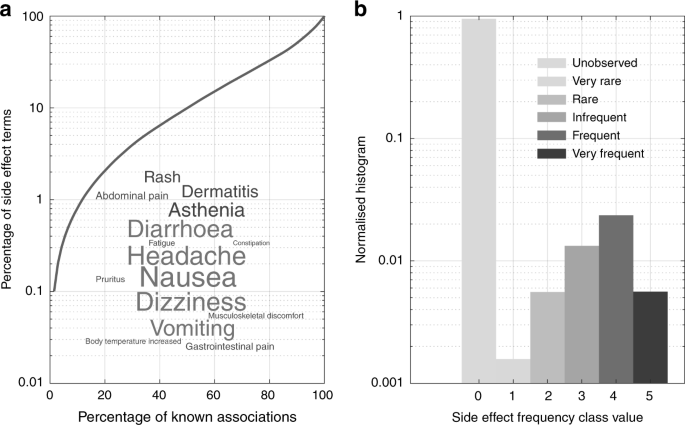If you’re wondering if St. John’s wort can cause sexual side effects, you’ve come to the right place. Learn about the potential side effects of this herb, as well as its interactions with other medications. In particular, read about potential interactions with antidepressants and the Serotonin syndrome.
St. John’s wort
Do you want to know if St. John’s wort can cause sexual side effects? If you are thinking about using this herb to control your periods, it’s important to know what it can do to your body. Among other things, it can affect your hormones and cause side effects, such as sensitivity to light and dizziness. It also has the potential to affect newly developed cells. According to a study from Loma Linda University, it can damage reproductive cells. For these reasons, it is important to avoid taking St. John’s wort, and to consult with your healthcare practitioner about using it during pregnancy.
Several studies have been conducted on St. John’s wort. Some have found that it improves wound healing and reduces the likelihood of scarring after a C-section. However, a study of adults who take the herb by mouth for 12 weeks found that the herb did not significantly reduce pain related to burning mouth syndrome. Further, it did not appear to have any positive effects in patients with hepatitis C virus infection or HIV/AIDS.
Although St. John’s wort may cause sexual side effects, it has other benefits for the body. For example, it may reduce the symptoms of seasonal affective disorder, a form of depression that is often difficult to treat. It can also reduce hot flashes.
In general, St. John’s wort is used for depression, particularly mild depression. Some studies suggest it is equally effective to some forms of tricyclic antidepressants. However, it may not be helpful for chronic conditions, such as ADHD, premenstrual syndrome, or menopause. It may also be helpful for some muscle pain and bruises when applied to the skin.
One study suggested a 300-milligram dosage of St. John’s wort extract three times a day. However, it’s important to note that this herb can interact with many common medications, and it’s best to consult with your healthcare provider before starting the herb.
St. John’s wort is known to affect the levels of neurotransmitters in the brain. Some studies suggest that it can increase the levels of serotonin, which is a mood-altering hormone. This can result in a condition called serotonin syndrome. This syndrome is a serious side effect, which can result in high blood pressure, dilated pupils, sweating, and even a high fever.
Serotonin syndrome
Serotonin syndrome is a potentially dangerous side effect of St. John’s wort. This herb increases the amount of serotonin in the brain. Because of this, it can cause symptoms such as a fast heartbeat, high blood pressure, hallucinations, and increased body temperature. The symptoms can start within minutes or a few hours after taking the drug. Some people may experience a headache, shivering, and confusion. In severe cases, a person may lose consciousness.
People with serotonin syndrome should seek medical care right away. The first step in treating the syndrome is stopping any drug that may have caused it. The second step is identifying the underlying condition that is causing the symptoms. A medical team can rule out other conditions by performing tests, including a blood test. In some cases, the patient may need to stay in the hospital until the drug is completely removed from the body. This is because some drugs take a long time to pass through the body.

Serotonin syndrome can be fatal without treatment. It often happens in people who are taking a drug that increases serotonin levels. Some drugs may cause serotonin syndrome, including certain types of antidepressants and MDMA. A doctor will conduct a comprehensive medical exam and ask about recent drug use. They may also perform several tests to confirm the diagnosis.
The active ingredients of St. John’s wort can deactivate under light, so most products are packaged in amber containers to protect against light. While researchers originally thought that the chemical hypericin was responsible for the effect of the herb, recent studies suggest that two other compounds, called hyperforin and adhyperforin, may have a larger role in depression. The researchers believe that these chemicals may act on chemical messengers in the nervous system to trigger the release of serotonin.
Although St. John’s wort is a natural herb that can reduce symptoms of depression, it can interact with certain medications. For example, it may decrease the effectiveness of hormonal birth control, which can lead to irregular bleeding and even unplanned pregnancy.
Interactions with antidepressants
Although St. John’s wort may help combat depression, it is also used to treat menopausal symptoms and facilitate wound healing. Studies have shown that it is effective for mild to moderate depression, but not for severe depression. However, there are a number of potential drug interactions between antidepressants and St. John’s wort, and these interactions should be discussed with your doctor before you start taking the herbal supplement.
Although it is generally safe to take St. John’s wort during pregnancy, it is not a good idea if you’re already taking antidepressants or are breastfeeding. Some research suggests that it increases the risk of birth defects in rats. In addition, some women report that it makes their infants colicky or fussy. Still, more research is needed to make sure that St. John’s wort is safe for breast-feeding mothers and babies.
Moreover, St. John’s wort has been shown to reduce the effectiveness of many prescription drugs, including antidepressants and antipsychotic drugs. Because of this, it is important to avoid St. John’s wort during pregnancy if you are taking essential medicines.
While it is still a relatively new herb, it has become popular in treating depression and other mental illnesses. The low cost and relative lack of side effects have made it a popular choice among many people who want to try alternative therapies. There is still little research on the effects of this herbal medicine on the use of antidepressants and St. John’s wort for sexual side effects, but many people have found it to be an effective alternative.
While early studies suggested that St. John’s wort was similar to an MAO inhibitor, more recent studies have found it to be closer to an SSRI. This herb is not thought to interfere with HIV drugs, but it might affect the levels of serotonin in the spinal cord and cause a serotonin syndrome, which can be fatal.
In a study involving mice, Franklin and his colleagues found that St. John’s wort inhibited P-glycoprotein transport in astrocytes. However, these studies were conducted in the absence of antidepressants and did not show any interactions between antidepressants and St John’s-wort for sexual side effects.
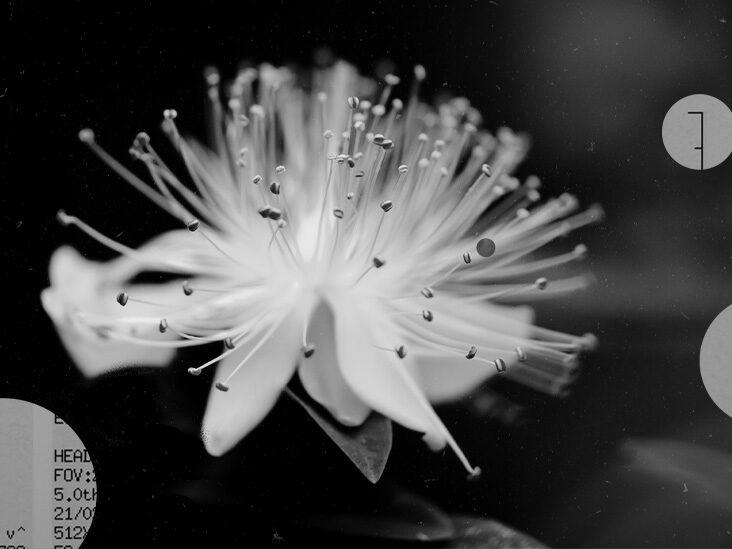
Mood elevation
Research has shown that St. Johns wort may increase the activity of three types of brain receptors: adenosine, gamma-aminobutyric acid, and glutamate. Adenosine is a neurotransmitter that helps people feel calm and relaxed. GABA acts as the brain’s braking system and is involved in mood regulation. Abnormal levels of GABA may lead to depression and suicidal behavior.
Side effects of St. John’s wort may include dizziness, dry mouth, nausea, headache, and sensitivity to sunlight. It can also interfere with the body’s ability to metabolize certain drugs. For these reasons, it’s important to consult your doctor before taking St. John’s wort.
While it is not known what causes St. Johns wort’s mood-raising effects, it may help with some types of depression. It can increase the serotonin level in the brain, which is a neurotransmitter that is produced by nerve cells. Without help, depression can lead to severe illness and can increase a person’s risk of suicide. Luckily, the herb is available in the wild and is often prescribed as a medicine for depression.
Despite its many benefits, St. John’s wort can interact with a number of prescription medications. Pregnant women should consult their doctor before taking St. John’s wort. It may also intensify the effects of other medications. It is not recommended for women to use while pregnant or nursing.
Studies suggest that St. John’s wort may help fight mild to moderate depression and anxiety. Its side effects are far less severe than those associated with prescription antidepressants. However, some people may experience sexual side effects while taking St. John’s wort. If you’re taking medications for depression, you should consult a physician before using St. John’s wort.
The recommended dosage for adults is 300 milligrams, three times daily. This dose may vary slightly from individual to individual. Your doctor will determine the dosage for you based on your health and other medications you may be taking. The best way to know what dosage you need to take is to talk to a medical practitioner and consult your pharmacist. In some cases, you may want to consult an alternative health practitioner to customize a dosage for you.
Another herb that is commonly used for depression and other mental illnesses is St. John’s wort. This herb is derived from a flowering plant known as Hypericum perforatum. The herb’s antibacterial and mood-boosting properties have been used for centuries. Its active ingredient, hypericin, may be responsible for most of its efficacy. Other ingredients may also play a role in its effects.
A common question amongst consumers is, «How are so many medicines with so many side effects still legal?» The answer to this question is complex. Some of these drugs are made from natural products, while others are made using genetically modified organisms or biologically engineered ingredients. Regardless of their source, all medicines are regulated by the Food and Drug Administration (FDA).
Regulation of the pharmaceutical industry
This book combines the work of policy analysts, lawyers, social scientists, and ethicists in a critical look at the regulation of the pharmaceutical industry. It explores ethics, innovation, and regulation in the industry, as well as the interaction between these four areas. This book should be of interest to anyone interested in the pharmaceutical industry.

Today, the pharmaceutical industry has become a major source of healthcare around the world. It has a number of unique features that set it apart from other sectors of the health industry. Technological advances and new scientific know-how have fueled rapid growth in this industry. Thanks to this growth, pharmaceuticals can treat diseases that were once considered incurable. In the last 50 years, pharmaceutical spending in OECD countries has increased by 50% — far more than the growth of the economy.
Regulatory policies for pharmaceutical products should aim to maximize public welfare. But designing an optimal regulatory structure is not an easy task. Market access regulation should balance resource costs against patient benefits, while pricing regulation should preserve incentives for R&D. Nonetheless, designing an optimal regulatory structure is an important challenge for policymakers and scholars.
Besides laws, there are also codes of conduct that must be followed by the pharmaceutical industry. These codes should be aimed at ensuring that the industry is operating ethically, without violating any laws. In some cases, the pharmaceutical industry may also be prohibited from advertising prescription medicines to consumers. Furthermore, there are anti-kickback laws and anti-corruption laws that may prevent certain pharmaceutical industry activities.
The pharmaceutical industry has an intricate network of research interests, political connections, and funding sources. Its lobbying power and influence have made it difficult to reform the regulatory system. Despite this, the pharmaceutical industry continues to resist attempts at reform of the regulatory body. This network has even influenced public policy. This is a significant problem for the pharmaceutical industry.
The Lupron case prompted the pharmaceutical industry to adopt self-regulation in medical interactions. In July 2002, the Pharmaceutical Research and Manufacturers of America (PhRMA) adopted a Code on Interactions Between Pharmaceutical Companies and Healthcare Professionals. This code stipulates that drug companies must have representatives in meetings organized by physicians, and should not promote products during these meetings.
Unbalanced drug ads
Drug companies have long emphasized the benefits of their drugs, but they do not often mention the adverse effects. Until the U.S. Food and Drug Administration (FDA) began to regulate drug ads in the late 1990s, drug companies had little incentive to disclose the side effects of their medicines. The agency now requires drug ads to list the most serious side effects, but not all of them. As a result, drug ads are often confusing.
Some drug ads are so ridiculous that they are the subject of parody. Moreover, only a few direct-to-consumer ads provide hard data about the drug’s benefits and risks. Instead, the ads usually opt for vague statements in an attempt to oversell a medicine. It also fails to disclose the probability of side effects. The side effect lists are often long and confusing.
Fortunately, the FDA regulates prescription drug ads, although it doesn’t pre-screen them. While the agency is not in a position to review an ad before it is released, they can send warning letters and ask a company to remove the ad if it presents inaccurate information. This happened with a morning sickness drug advertised by Kim Kardashian on social media. After the FDA issued a warning letter, the brand corrected its ad.
Prescription and non-prescription drug ads are monitored by the FDA and must meet FDA guidelines. The FTC also monitors help-seeking ads. While these ads aren’t technically classified as drug ads, they are still considered to be «drug advertisements.» The FDA also regulates the use of promotional labeling on pharmaceutical products, including brochures and leaflets given out by the drug company. The FDA requires the labeling of these materials to include information on the drug’s benefits and risks. The amount of information that must be provided will vary depending on the advertisement, and can differ from one ad to another.
There are many criticisms of drug company advertising, but proponents of the practice say that these advertisements help educate patients and encourage them to talk to their healthcare providers. On the other hand, many critics of pharmaceutical companies believe that drug ads are harmful to consumers. They fail to provide them with enough information to make informed decisions, and they can influence patients to request medication that is not best for them.
Failure to warn about serious side effects
One legal theory that a doctor can be found liable for is the failure to warn patients of the side effects of a medicine. Failure to disclose known risks or side effects of a medicine can be just as dangerous as defective drug design or manufacturing. Patients are entitled to refuse treatment when a doctor fails to warn them of possible side effects.
Even though serious side effects are rare, it is important for people to know about these risks. They can range from infections to death. The FDA can revoke a drug’s license if it fails to adequately warn consumers of serious side effects. It also has the authority to add a black box warning to the product’s label or even remove it from the market altogether.
